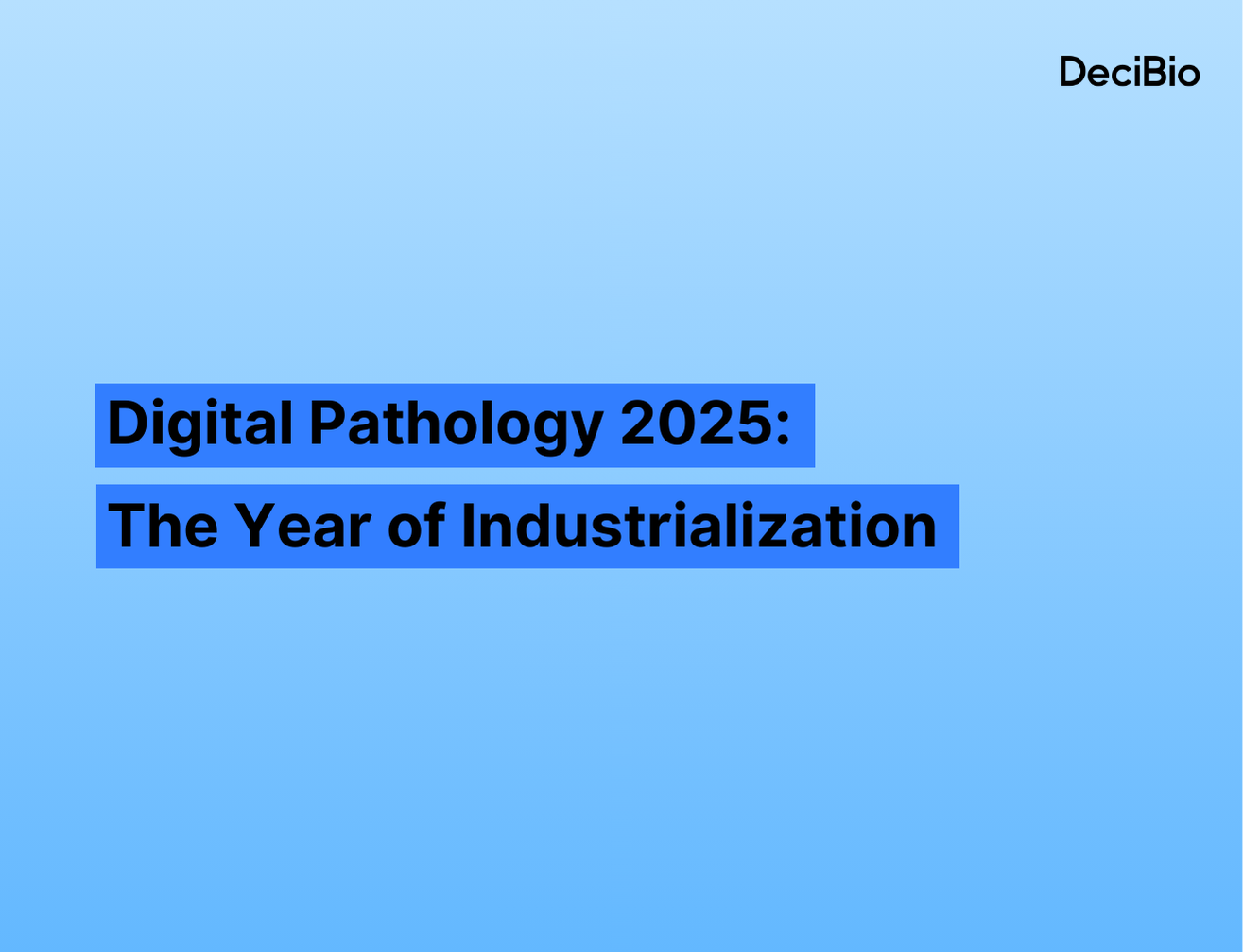A month ago, we attended AGBT 2019 and observed a strong interest in spatial profiling and single cell analysis. While we recognize that we are somewhat biased by the in-person meetings we arranged and the booths that we visited, this trend was confirmed at AACR this past week, demonstrating that interest in these approaches and technologies are percolating into the broader scientific community.Here is what our life science consultants will remember from AACR 2019.
Guardant Health presented encouraging results from its LUNAR trial
Early detection—not therapy development or selection—is most likely the key to cancer treatment. We received questions about the Guardant Health abstract even before its presentation on Sunday. The LUNAR data was interesting; assessing epigenomic tumor fraction and somatic tumor fraction independently result in significant noise, with in turn low specificity / sensitivity (44%-75% range, increasing with cancer stage). In contrast, combining both modalities result in high specificity (stage I: 84%, II: 90%, III: 95%, IV: 100%) / sensitivity (stage I: 76%, II: 87%, III: 95%, IV: 100%).There are a couple of caveats to this study: a relatively low N (124 cancer-free controls, 105 stage I-IV CRC patients), retrospective study design, and, in our opinion and pending clarification from Guardant, some unexpected results. We were puzzled to see the stock dip on these results.Multi-modality testing / multiomics is clearly on the rise, as we have noted in the past and will highlight in the rest of this post.
NanoString launches its GeoMx platform as the number of multiplex tissue imaging players keep growing
Immuno-oncology unlocked interest in multiplex imaging, given the importance of understanding the cellular complexity of the tumor microenvironment. In this context, NanoString officially launched its GeoMx platform, which enables the analysis of thousands (and eventually, hundreds of thousands) of RNAs and 50+ proteins in FFPE tissue samples. We noticed constant activity in the NanoString booth and a well-attended Monday night reception for the launch. The GeoMx seems to be leading the pack in terms of platform excitement at this stage.Multiplex tissue analysis has been present at conferences for a few years now but didn’t seem to gather significant interest until this year. Multiple players are now participating in this space with various level of offering differentiations.Fluidigm introduced its imaging mass cytometry solution, the Hyperion, in October 2017. While the premise of the technology generates enormous interest, adoption appears to have been gated by bottlenecks in the front-end and back-end bioinformatics. With that said, Fluidigm helped develop the market for multiplex imaging especially among flow cytometry (CyTOF) customersThe Spatial Transcriptomics technology, which was acquired by 10X Genomics late in 2018, enables users to understand gene expression differences while preserving morphological context. This method offers a high-throughput and unbiased analysis of all mRNAs in an intact tissue section within a single experiment and without the need for additional equipment. The current 100 µm resolution is expected to improve rapidly under 10X’s R&D.Akoya offers 2 multiplex immunofluorescence options: the Perkin Elmer Vectra platform and the 30-plex Codex, which we prefer given its higher-plex coupled to an automated workflow.Miltenyi launched its MACSima 100-plex imaging platform for ultra-high content imaging.Ultivue uses DNA barcodes conjugated to primary antibodies for tissue analysis up to 16-plex (4x4-plex); the company announced a partnership with Definiens to co-develop an 8-plex panelMultiple other solutions exist from vendors such as Readcore, IONPath, ACD (RNA Scope), and Cell IDx, NeoGenomics (Multiomyx).As NanoString mentioned at AGBT, the field is so exciting and nascent that there will be room for multiple players with specific offerings.
Single cell genomics is now part of everyone’s lexicon
The rapidly growing 10X Genomics reported an install base of 1,000+ instruments and 4,000+ customers at JPM 2019. Over 36 talks and posters at AACR this year used their technologies. Their Spotlight Theatre presentation on Sunday highlighted their broad product portfolio of single cell and Spatial Transcriptomics technologies and underscored how researchers can gain a multidimensional view of cancer by significantly increasing resolution into the cell types and aberrations that drive cancer. Among their wide range of single cell capabilities are gene expression profiling, immune repertoire profiling, and the recently launched Feature Barcoding technology, which enables a multiomic approach to simultaneously characterize various read-outs in the same single cell.As life science consultants, we were impressed by our discussion with Berkeley Lights; the company has an installed base of ~40 instruments primarily used by biopharma customers for antibody hybridoma selection. The technology clearly has multiple additional applications, including in synthetic biology.At the booth, Celsee focused on two technologies: 1) the Celsingle Slide technology that supports single cell (SC) transcriptomics, SC proteogenomics and SC cytometry, and 2) its preparation slide that supports rare cell enrichment from urine, tissue or blood and CTC enumeration. Celsee also had a spotlight theatre that was well-attended and received interesting twitter attention. In general, we’ve observed a rebound in interest in CTCs in the last year.
Mission Bio is accelerating the adoption of single cell genomics in clinical settings
We caught up with the Mission Bio crew following their spotlight theatre presentation on Monday. Three points are worth noting.First, Mission Bio established a global CRO partnership with LabCorp, positioning themselves as the 1st single cell player to offer end-to-end solutions to pharma players from basic research to clinical trials and deployment as a clinical diagnostic.Second, the company relaunched its custom panel solution to enable the creation of custom panels of 50-500 amplicons. This service relies on machine learning, to continuously improve on the quality of panels delivered to customers.Third, Mission Bio demonstrated a proof of concept for 2 multiomics solutions for DNA + RNA and DNA + protein.Dale Yuzuki elaborates on many of these products and trends here, here and here.Author: Stephane Budel, Partner at DeciBio Consulting, LLCCo-Author: Andrew Aijian, Junior Partner at DeciBio Consulting, LLCConnect with Stephane Budel on Linkedinhttp://www.linkedin.com/in/budelDisclaimer: Companies listed above may be DeciBio clients and/or customers





.png)

